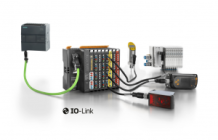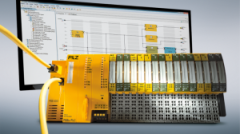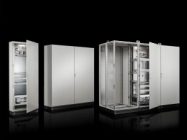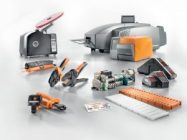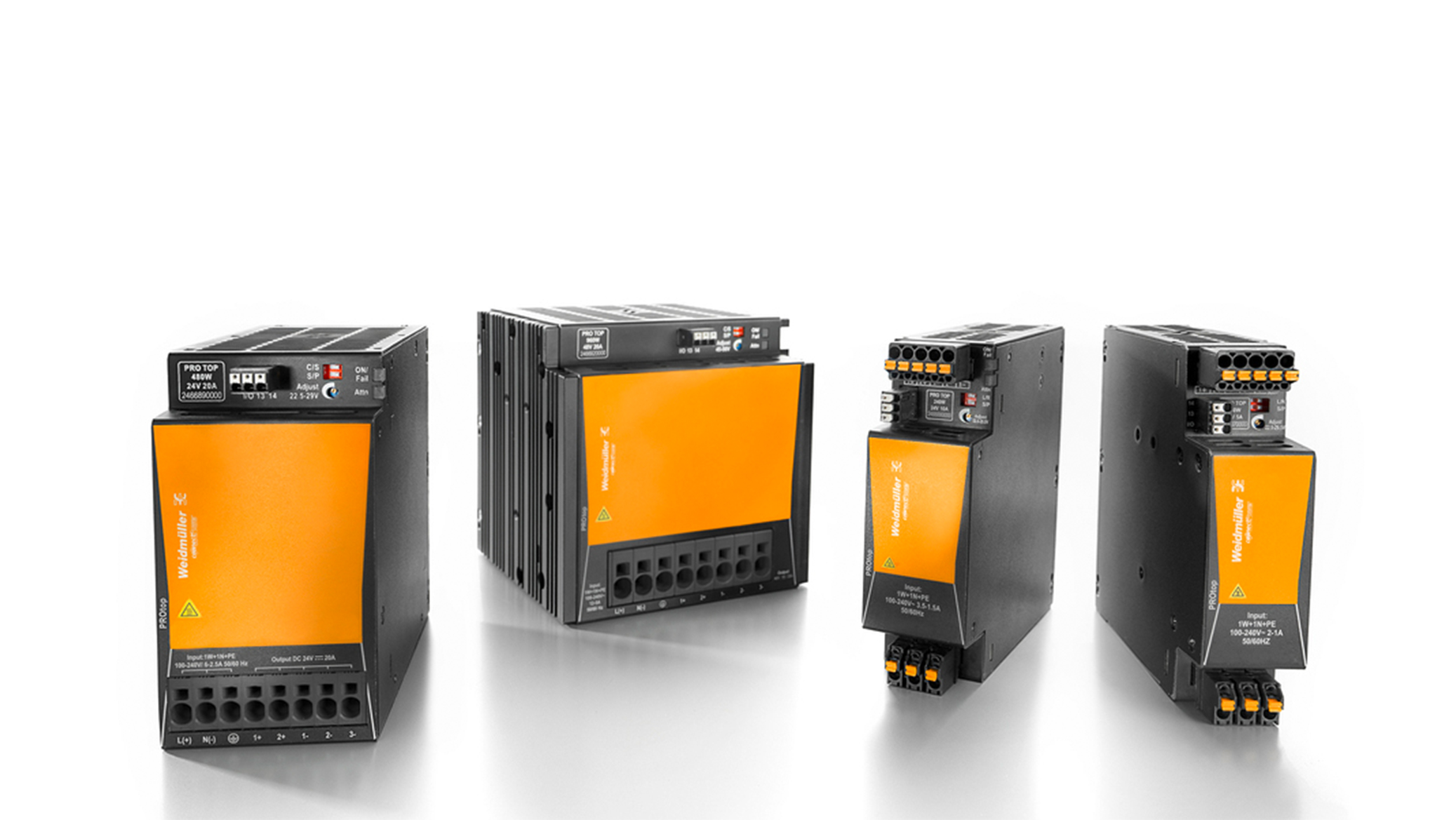INDUSTRIAL COMMUNICATION
Reliable complete solutions for factories, machines and plants
What is industrial communication?
The term industrial communication refers to communication between devices used in industrial automation technology. Data and information for controlling machines and plants, mainly in process and production automation, is transferred and exchanged. Industrial communication is therefore the basis for successful automation.
The networking is carried out using standardised industrial networks, which can be either wired or wireless. Increasing digitalisation shows that high-performance communication systems are increasingly becoming the central nerve system for fields of application such as Industry 4.0 or the Industrial Internet of Things (IIoT).
LAPP represents excellence
Industrial communication at LAPP means everything from a single source in over 40 countries. Regardless of whether you need industrial, robust and high-quality cables, wires, assemblies, plug connectors and active components for networking your factory, machine or plant, or our expertise en route to the Smart Factory. We will guide and advise you on your digital transformation from the outset. From the field to the company level, we work with you to create complete networking for the reliable transmission of the highest data volumes.
LAPP represents the highest quality standards
We ensure the highest product quality. Even a component that fails for a short time can cause enormous costs if production stops as a result . You can rest assured that our connection solutions are ideally suited to demanding conditions and offer maximum reliability when they’re exposed to chemical, mechanical and thermal loads.
LAPP represents innovation
With our product innovations, you can successfully implement your projects and gain a competitive edge. For example with our monitoring device for data cables, the ETHERLINE® GUARD This enables optimum maintenance planning, which increases your system availability. The result: reduced maintenance costs and another step towards Industry 4.0.
Thanks to our unique expertise and in-depth application knowledge, we can offer you tailored solutions for your needs. From industrial Ethernet cables with Fast Connect connection to Fieldbus systems complying with all common protocol standards, right through to assembled fibre optic cables according to customer requirements, we will find the right solution for every application.
Data communication made by LAPP – your connection to the future.
What is automation?
DIN 19233 defines automation as follows: “The equipping of a device so that it completely or partially works as intended without the involvement of humans.”
But what does this mean in detail? Let’s take a look at a production facility. In automated production, all operations previously performed by humans are carried out independently by machines. This includes processing, control, handling of tools and workpieces and mechanical or electronic quality monitoring.
Automation can basically be divided into 3 different forms: the automation of individual work procedures (procedure automation), the automation of a specific production process (process automation) or the automation of an entire manufacturing process (system automation).
Technical facilities are required for the implementation of autonomous production processes. The technical equipment comes from the areas of sensor/actuator, regulation, control, information, communication, process control and/or robot technology.
Advantages of automation
Under these conditions, automation offers numerous advantages. These include:
- Relieving people from mentally demanding, monotonous, strenuous, dangerous or harmful work
- Increasing productivity
- Increasing the quality of the products
- Shorter production times
- Reduction of environmental stresses through more resource-efficient operation of the plants
- More flexible production
- Improved accuracy and avoidance of errors
Automation pyramid
The automation pyramid represents the general communication structure of automated production and classifies the various IT levels of industrial production.
Each level assumes its own task in automated production and consists of different systems, such as sensors at the field level. The number of levels varies depending on the automation process. Individual levels can be omitted or grouped together.
The individual systems of the respective level and the levels themselves exchange information with one another. The exchange of information within a level is referred to as horizontal communication; the exchange between the separate levels is referred to as vertical communication.
| Number | Level | Systems used | Typical tasks |
|---|---|---|---|
| 1 | Field level | Sensors and actuators | Collecting production data / executing commands |
| 2 | Control level | Control computer / SPS | Regulation of the production process |
| 3 | Company level | ERP systems | Rough production planning and order processing |
Sensors or actuators at the field level communicate exclusively with the higher control level. The programmable logic controllers (PLCs) at the control level, in turn, exchange their data with the enterprise resource planning system (ERP) at the company level.
Within the automation pyramid, the higher a level is, the higher the latency, i.e. the delay in data transmission between the sender and receiver. At the same time, the amount of data to be transmitted is increasing steadily.
| Level | Planning horizon | Amount of data | Latency |
|---|---|---|---|
| Company level | Month to year | Mbytes – Gbytes | 2-20 s |
| Control level | Seconds to hours | Bytes – Kbytes | 0,2 s |
| Field level | Milliseconds | Bytes | 0,002 s |
Industry 4.0 and the Industrial Internet of Things have an impact on the classic automation pyramid and require more interconnectivity and flexibility. The pyramid would have to be adapted and greatly flattened for this.
Setting up an automation system
Before we dedicate ourselves to the setup of an automation system, let’s first take a look at the input-output model that underlies every automation task.
A physical variable is recorded by a sensor and passed on to the control computer (function) as an input signal. It processes the signal and transmits an output signal to an actuator, which acts as a drive element. The individual components are connected by a communication system.
An automation system is therefore composed of sensors (1), actuators (2), a control computer (4) and a communication system (3).
Control and regulation in automation technology
In automation technology, the concepts of control and regulation are of central importance.When it comes to controlling or control technology, the aim is to influence output values in technical systems in accordance with specified input values. There is no feedback here, i.e. the course of action is not self-contained.
An example of a control system is the heating control system in a building. The outdoor temperature sensor switches on heating in a room depending on the outdoor temperature. External influences such as an open window in the room are not taken into account.
When it comes to regulating or regulation technology, the aim is to keep physical variables (regulating variables) in technical systems constant despite the influence of external interference (interference variables) or to track the chronological progress of specified variables (guiding variables) as precisely as possible. The regulation circuit is self-contained, i.e. there is feedback.
An example of regulation in automation technology is an automatic air-conditioning system in a vehicle. It keeps the vehicle’s internal temperature consistently at the required level despite external influences (e.g. sunlight).
CÔNG TY CỔ PHẦN TỰ ĐỘNG TIẾN HƯNG
TIEN HUNG AUTOMATIC CORPORATION
Địa chỉ: 1/80 Cầu Xéo, Phường Tân Sơn Nhì, Quận Tân Phú, Thành Phố Hồ Chí Minh
Thông tin liên hệ:
Mr Vũ: 0908 878 633
Mr Hoàng: 0933 441 466
Mr Di: 0933 744 776
Email: info@tienhungtech.com
sales@tienhungtech.com
sales01@tienhungtech.com
Website: https://tienhungtech.com
https://weidmuller-vietnam.com
Related solutions
 23
Jun
23
Jun
Cre: Weidmuller Smart charging solutions for individual challenges Charge for the change The new charging box family AC SMART is ready for any application scenario in the private and commercial sector. The platform-based charging concept with its basic equipment in three lines ECO, VALUE and ADVANCED covers the most common applications and can be adapted […]
View more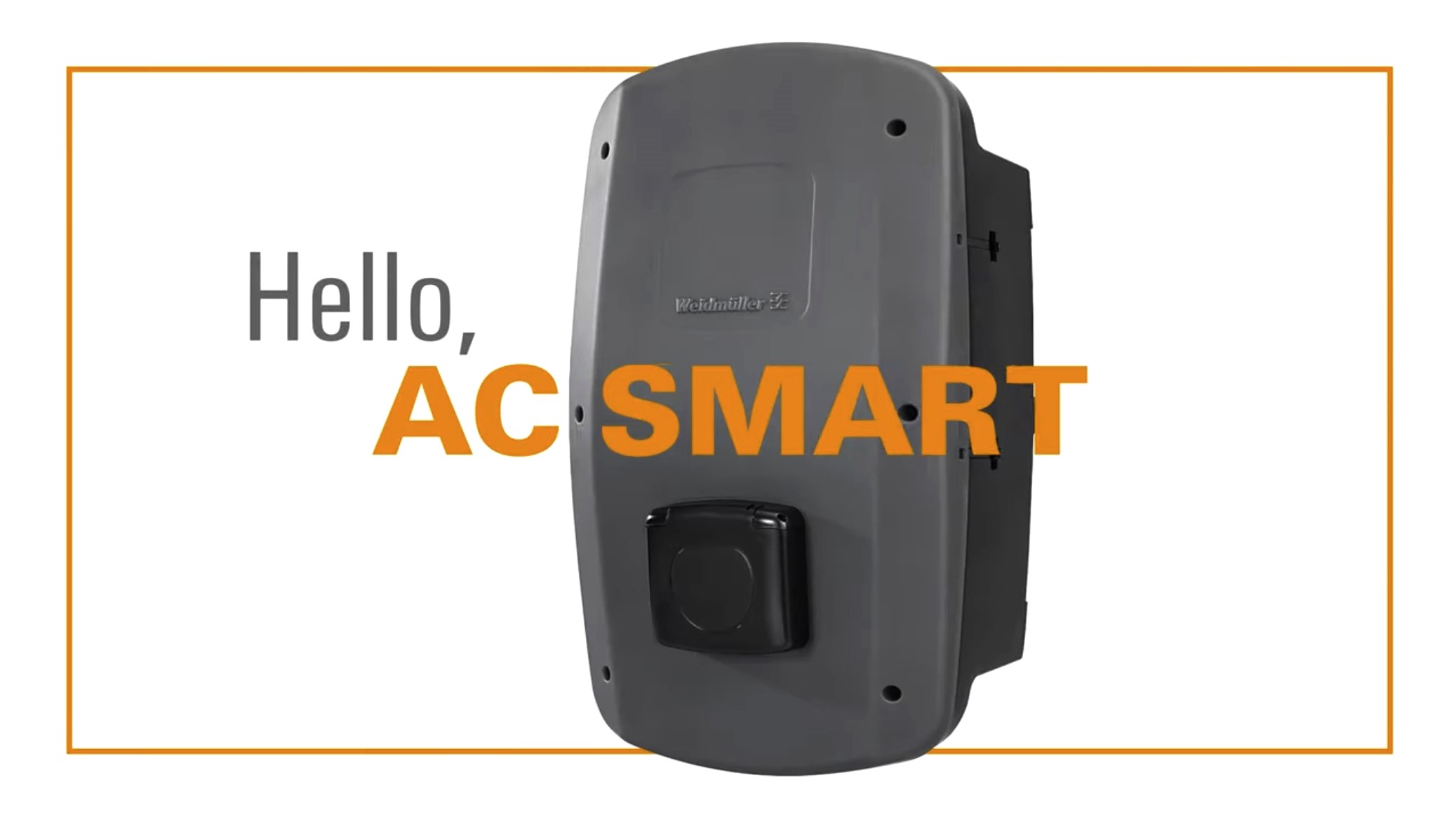 08
May
08
May
Weidmuller is a famous brand in the field of industrial electrical equipment, with a wide range of products and high quality. In particular, Weidmuller’s AC SMART ECO electric vehicle charger is one of the most advanced and efficient products on the market. Tien Hung is proud to be the authorized agent to distribute all product […]
View more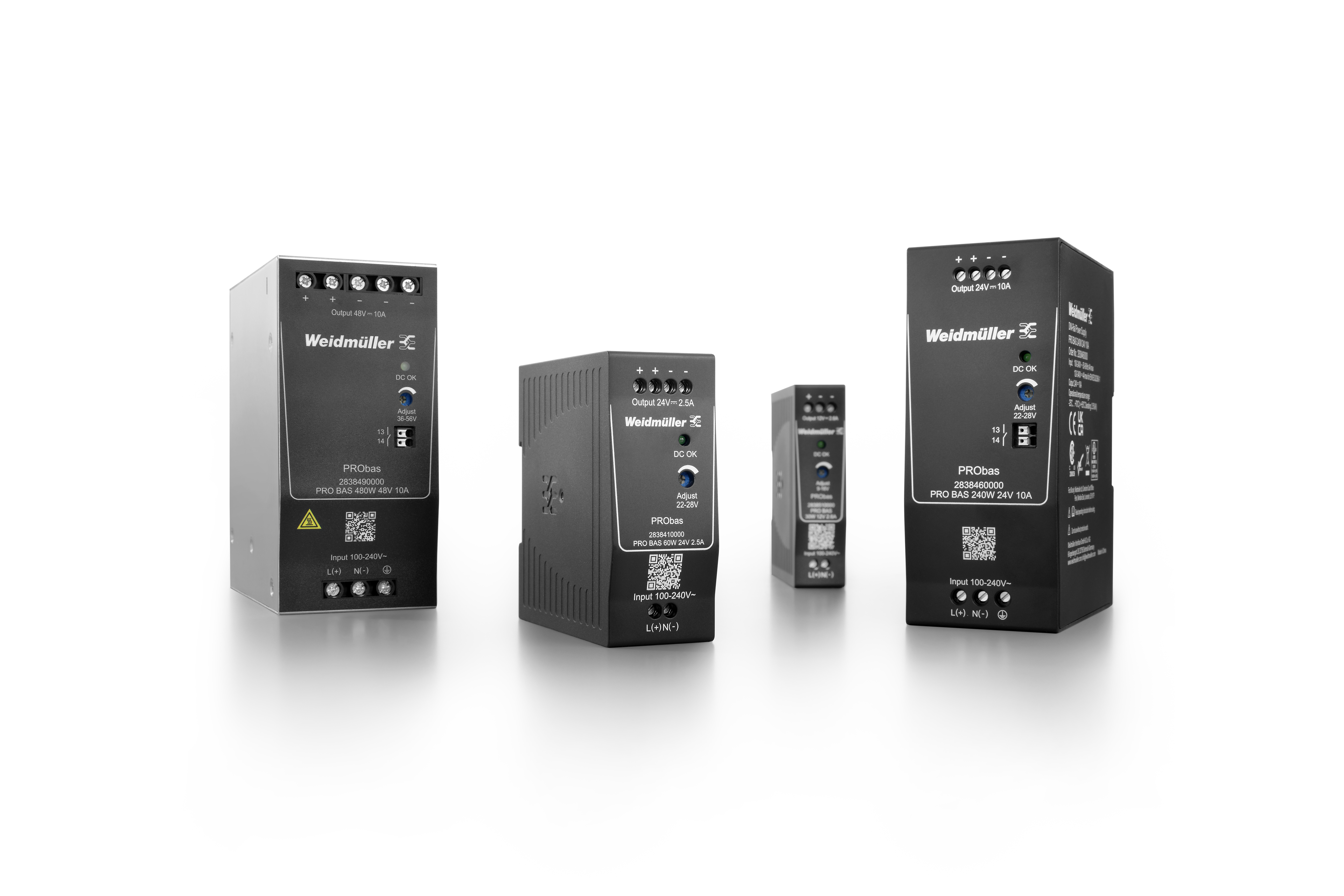 26
Jun
26
Jun
Cre: TIENHUNGTECH With the constant development of technology, the demand for high-quality power supply is increasing in industrial applications. Weidmuller has recognized this need and has therefore developed the PRObas product line to meet the strict requirements of the industrial sector. Although it has only been introduced for a short time, PRObas has already established […]
View more




